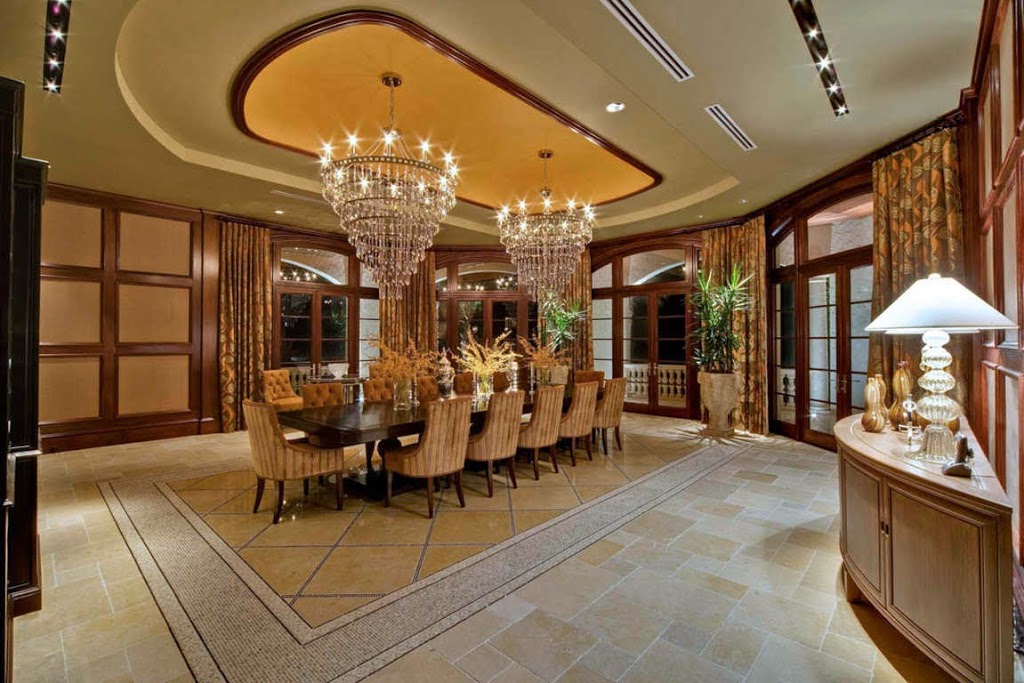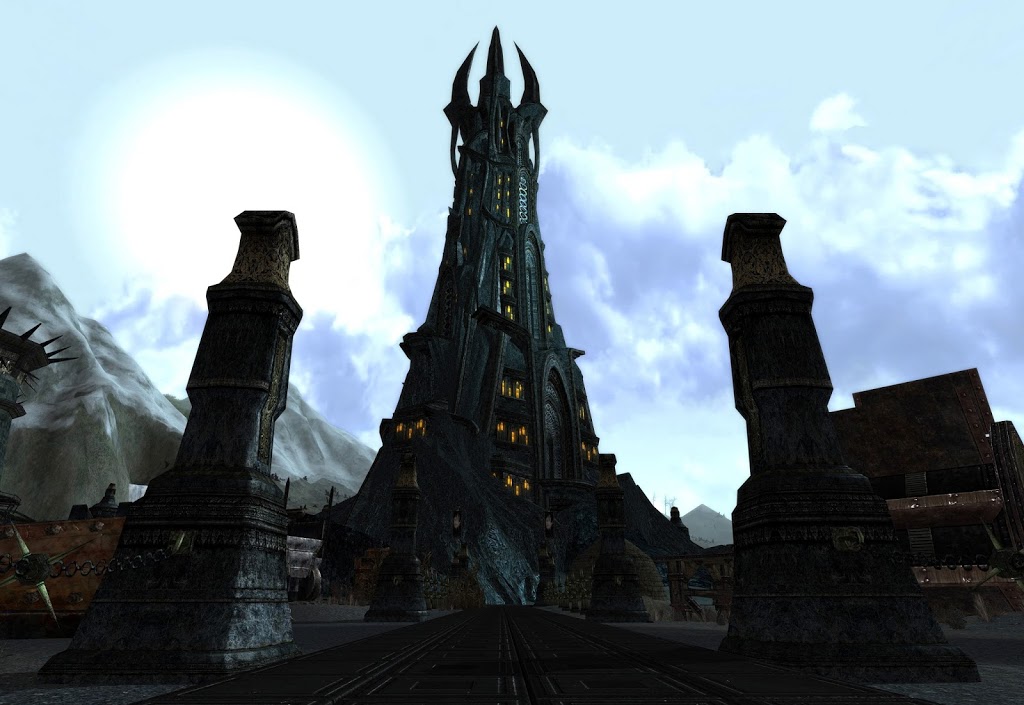Zen and the Art of Wargame Club Building, Pt. 1

Need a project for the new year? Why not start a proper gaming club? Here’s how:
The Why
There are many reasons to form/join a gaming club, and just as many kinds of people who’d become members of one given the chance. Miniature gaming costs a fair deal of time and cash, so having a place dedicated to storing materials and hosting games is a way of actually getting the most out of your investment; having three armies gathering dust in drawers because you never get to play them is usually a sup-optimal use of your efforts.
Even people who mostly enjoy painting and collecting models can find good reasons to join a club. It’s a place to do the social part of the hobby, talk, speak ill of the gaming company you despise and sing the praises of that other company that is totally burying the first one, make friends, host or attend painting/conversion workshops with other members, or even just have a place to store their creations when there’s no room at home (or spouses start getting antsy because you own more models than the combined net weight of the family).
And of course, it makes having events and tournaments much more feasible, and that is a great way get in touch with hobbyists from different places and get invited to events in return.
How we did it: In our case, we already had a strong core of players centered around a local online forum. Having to hop between the homes (or the recreation rooms of apartment buildings) of different players, each time lugging around tables, scenarios, armies, snacks and more was quickly becoming a logistical bother. So we did a quick headcount of those who wanted to be a tad more engaged about it, determined how much of a budget we could realistically get for it, and started looking for a headquarter and drawing up rules.
The Place:
Location, location, location. The three rules of real estate. The main thing you want is for it to be affordable. This hobby is expensive enough as it is, so tacking on another financial groin kick to the obstacles is something you really, really want to avoid. If your group is composed mostly of wealthier people, you can be a bit more careless here, but remember that a club is also a way to bring new people into your circle of friends and into the hobby, so try to set the costs a bit below the median disposable income level to give the place some wiggle room and avoid pricing newcomers out.
The second consideration? Accessibility. If your HQ is so far removed from where most members hang out, fewer people will bother to show up or see the point of the enterprise. For those who live away from urban centers, places will usually be cheap, with plenty of parking space, but perhaps not very accessible (I’ve always been a bit awed at the amount of driving most Americans do to buy a loaf of bread. No wonder things go crazy when the gas prices rise!).
In larger cities, the challenge is a bit tougher, but at least things are usually closer to each other. Trying for a place close to bus lines or the subway is a big help, but only if you have a storage area; riding the bus carrying a backpack and 2 suitcases with your armies is not a fun experience in most burgs.
And always, always comb your friends, relatives and such for opportunities. You never know who might have an old apartment, shed or back room that could be just what you need, and willing to make a better deal because he knows you or would rather enable some amusing geeks than risk a possibly annoying/dangerous new tenant.
How we did it: Hoo boy. That’s a tale. Real estate is hideously overpriced in our city, and traffic is often abysmal. So we took a bit of a…corageous step. We rented an office space in a dilapidated building in the old central part of town. The price was alright, the premises were worn but roomy, and the only real issue was being surrounded by seedy dive bars, strip joints, brothels, street yakisoba carts and the ubiquitous passed-out drunks all over the sidewalks. Whenever we stay there late and come out at 2-3a.m, it’s pretty much like stepping out into Gotham City, or the movie Warriors.
 |
| Wargaming nerds….come out and playyy-aayyyyy!! |
So far, we never had a problem. Maybe the locals are wary of messing with people going back and forth loaded with what looks suspiciously like gun cases. And here’s the funny thing; the whole area is cleaning up fast now. Too fast. Hipsters are flocking ironically to the dirty bars (they’re so authentic), developers are homing in on the real estate for modern office buildings and nightclubs. Soon we may well be priced out of the region we took the first steps to gentrify! Now that, my friends, is irony.
The Structure:
This part is mostly easy, because a proper club doesn’t need that much to work. There are a lot of extra things that help, but the core equipment you will need are tables, shelves, a restroom that is not dedicated to Nurgle, and a door with a lock on it. Depending on where your club is located, some other things are basic: fans or an AC in hot locations, and a heater/AC in cold climates.
 |
| Budget permitting, a modest eating area can also be included. |
(Personal anecdote parenthesis: My first 40K apocalypse game was at a club located in the countryside, and their tables were all out in the open. Around noon, the merciless brazilian sun was blazing on top of some 30 thousand points worth of models, which slowly got so hot you could smell all the acrylic paint beginning to melt. Cue all of us panicking geeks improvising a roof of some sort and fanning the cooking models.)
From those humble beginnings, you can expand in many different ways: a mini-fridge to keep drinks, actual lockers for members to store their stuff and cut back on ferrying huger armies back and forth, a wi-fi connection so people can log online and check rules and such (especially nice in places where cell phone internet is unreliable or expensive).
How we did it: We started with the barest minimum. Our tables were flat wood panels resting on top of flimsy supports, and a couple of portable folding tables one of our members had built a long time ago, which were great but showing their age. Since our building has no elevators, having to carry even that up the stairs was a huge pain. As we got settled, the same friend built far more durable tables (Having architects or engineers around is so very handy), we brought in lockers and fans, the works.
The members also donated a ton of scenery, dice, templates, and even a small library of fluff books for people to borrow, and posters to decorate the walls. A whole painting station with movable lights was added to a corner, for those who didn’t feel like just gaming, again with more donates drawers, paints, cutting knives, files and brushes.
What makes or breaks a gaming group or club in your opinion? Tell us about your club in the comments before part 2 arrives!


